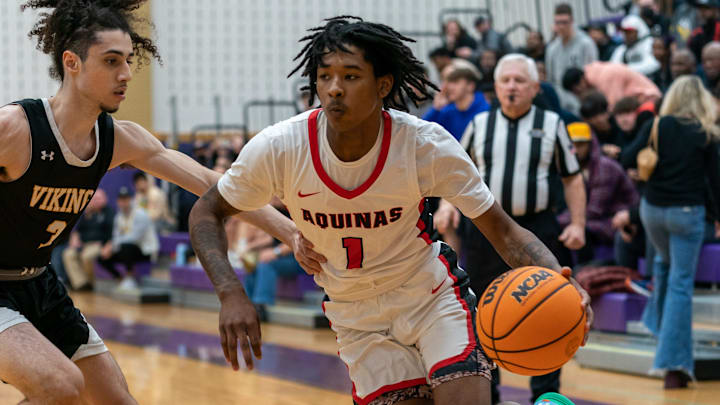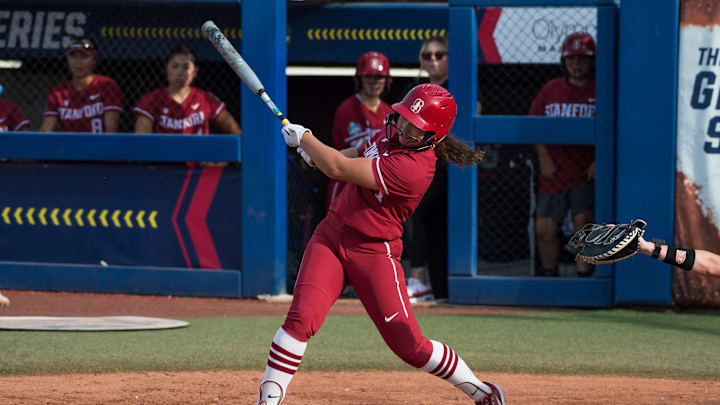Anyone paying attention to college basketball knows that recruiting has fundamentally changed. In today’s increasingly professionalized landscape, shaped by NIL, the transfer portal, and the looming prospect of institutional revenue sharing, coaches and collegiate general managers are rethinking how to build rosters. St.
John's Rick Pitino captures this transition better than anyone. Ahead of the 2025 recruiting cycle, Pitino vowed to fill his open roster spots exclusively through the transfer portal. When asked on Barstool’s Pardon My Take whether he would entertain a five-star high school recruit, Pitino didn’t hesitate: “I probably wouldn’t take him, because I don’t think you can win, and win big, with high school kids.

” In the months since his statements, Pitino has stayed true to his word, committing seven athletes for his incoming class — six from the transfer portal and one European prospect who most recently played for Unahotels Reggio Emilia in Italy's Serie A league. Few coaches have adopted as hardline a stance against prep recruiting as Pitino, but his sentiment is increasingly reflected across the high-major landscape. Top programs with a “win-now” mentality lean heavily on the portal to stock their rosters with ready-made talent.
In today’s NIL-driven market, transfer athletes often command steeper price tags than incoming freshmen. Still, the portal offers a lower-risk investment for programs that can afford it: athletes with proven collegiate performance, development in rigorous strength and conditioning programs, and demonstrated ability to navigate life on a college campus. Elite high school prospects are still valued at the top of Division I, but the bar to secure a roster spot continues to rise as rosters grow older and more experienced.
Development is increasingly deprioritized when schools can annually acquire seasoned players, often developed at another institution's expense. As the perceived value of high school recruits declines at the highest levels, the ripple effects reshape the entire recruiting ecosystem. I analyzed recruiting data from the Mountain West and Atlantic 10 conferences using 247Sports composite ratings to quantify this shift.
I compared the average recruit ratings from the 2018–2020 recruiting classes, before the recent professionalization of college sports, to those of the 2025 class, the first class signing revenue-sharing contracts and entering a fully matured transfer portal marketplace. To isolate the prep recruiting landscape, only high school signees were included in the analysis. The data can be found in my X post below: The numbers alone don't capture the gravity of this change.
To illustrate the leap, I'll quantify it the way agents, media, and front-office personnel traditionally have — through player comparisons. From 2018–2020, the Mountain West’s average recruit posted a composite rating of 87.99 — roughly equivalent to Jaden Steppe, the No.
240 player in the 2024 class. By 2025, that average has jumped to 90.05, comparable to Deuce Jones, the No.
184 player in the 2024 class. In just a few years, the Mountain West’s average recruit has climbed 56 spots nationally. The Atlantic 10 experienced a nearly identical surge.
From 2018–2020, the A-10’s average recruit graded out at 87.31, comparable to Jalen Lee, the No. 250 player in 2024.
In 2025, that figure has risen to 89.67 — equivalent to Garrett Sundra, the No. 193 player in the 2024 class — a 57-spot jump.
The ripple effect extends beyond only the top mid-major programs and conferences. For the 2025 recruiting class, MAAC member Quinnipiac signed a trio of three-star players. From 2003 (the first year of recorded prep recruiting data by 247Sports) through 2024, Quinnipiac had signed only nine three-star recruits.
The three players in their 2025 class include the second, fourth, and fifth highest rated recruits since 2003. University of Louisiana at Lafayette made history by landing Joshua Lewis, the No. 49 overall recruit in the 2025 class — the highest-rated player since 2003 by a wide margin.
Before Lewis, the highest-rated commitment was Ty Harper, ranked No. 244 in the 2021 class. The Ragin’ Cajuns have already secured another four-star commitment for their 2026 class.
Even with this data, it would be short-sighted to conclude that mid-majors are experiencing a sweeping, sustained benefit from this new system. The influx of high-level high school talent is a positive development, but the transfer portal remains an ever-present exit ramp for players who succeed at mid-major institutions. High school recruiting alone does little to suggest that competitive parity between high-major and mid-major programs is increasing.
Still, a clear opportunity exists: getting talented athletes onto campus as freshmen provides mid-majors a critical foothold. Money talks in college sports, but it isn’t the only factor driving players’ decisions about where to play and whether to enter the transfer portal. Relationships with coaching staff, loyalty to a university, and a strong cultural fit can persuade athletes to stay at their current school, even if it means taking a pay cut, at least for a year or two.
In the old model of college sports, highly ranked prep recruits would never have considered mid-major programs en masse. Now, these schools at least have a bite at the apple and can perhaps generate more fan interest by landing freshmen with some prep basketball hype. Recommended Articles.
















